Fallen Heroes of Space Exploration: A Memorial (Gallery)
Apollo 1 Crew
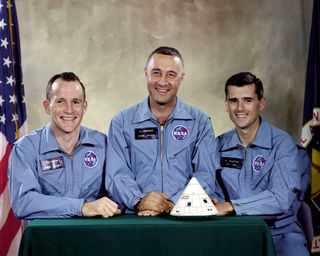
On Jan. 27, 1967, NASA experienced its first space disaster - the deaths of three astronauts during a training excercise for the Apollo 1 mission. Pictured are the three Apollo 1 prime crewmembers intended for the first manned Apollo space flight: (L to R) Edward H. White II, Virgil I. "Gus" Grissom, and Roger B. Chaffee. A fire inside the Apollo Command Module during a test took the lives of all three astronauts. NASA had not experienced a disaster of this magnitude previously.
Remembering Apollo 1
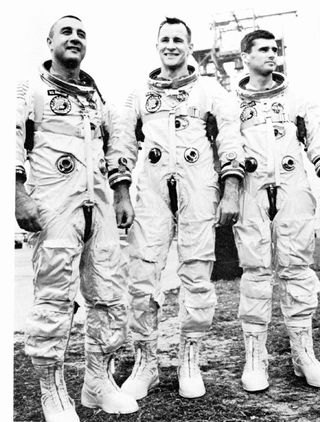
Astronauts Virgil Grissom, Edward White, and Roger Chaffee lost their lives when a fire struck during testing for the AS-204 mission on January 27, 1967. The flight would have been the first Apollo manned mission, and NASA later renamed the mission Apollo 1 in honor of the astronauts. Following the disaster, NASA made substantial changes to increase safety.
Apollo 1 Astronauts
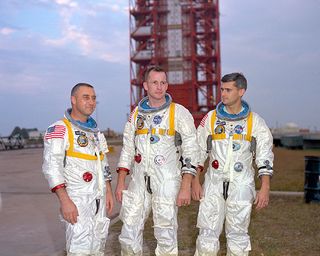
Astronauts (left to right) Gus Grissom, Ed White, and Roger Chaffee posing in front of Launch Complex 34.
Human Spaceflight Madness Ed White
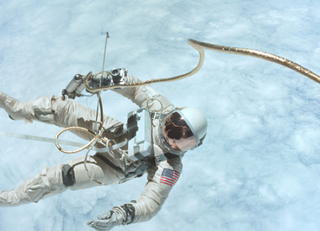
Astronaut Ed White floats in zero gravity of space off the coast of California during the Gemini IV mission.
Funeral of Virgil I. Grissom
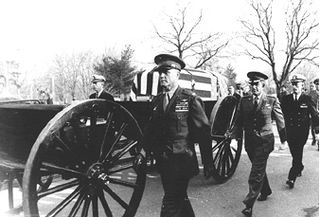
The flag draped coffin of Astronaut Virgil I. Grissom is escorted at Arlington Cemetery, Va., by his fellow astronauts, following the Apollo 1 fire that claimed his life.
Vladimir Komarov, Soyuz 1
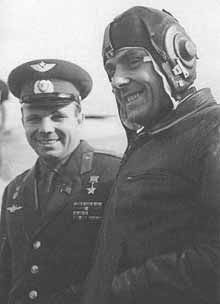
Soviet cosmonaut Vladimir Komarov (right) is seen here with Yuri Gargarin. Komarov piloted the Soyuz 1 mission on April 24, 1967. Komarov perished upon impact when the parachutes that were supposed to slow his capsule's return to Earth failed. In 2011, a controversial book attempted to describe Komarov's death but was challenged by experts. [See full story.]
Soyuz 11 Cosmonauts
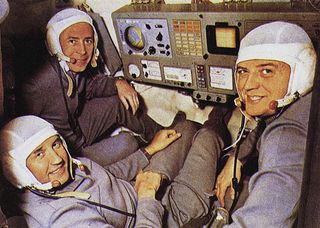
Soviet cosmonauts Viktor Patsayev, Georgi Dobrovolsky, and Vladislav Volkov are seen in the Soyuz simulator during their mission training for Soyuz 11. After a successful docking with the Salyut 1 space station in June 1971, the crew returned to earth on June 30. Recovery team members found the three men dead inside their capsule. A valve had opened in space, allowing the air to escape.
Get the Space.com Newsletter
Breaking space news, the latest updates on rocket launches, skywatching events and more!
Challenger's STS-51L Crew in the White Room
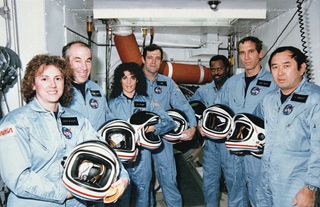
On Jan. 28, 1986, NASA faced its first shuttle disaster, the loss of the Challenger orbiter and its seven-astronaut crew. Here, Challenger's last crew – members of the STS-51L mission – stand in the White Room at Pad 39B following the end of a launch dress rehearsal. They are (L to R) Teacher in Space Participant, Sharon "Christa" McAuliffe, Payload Specialist, Gregory Jarvis, Mission Specialist, Judy Resnik, Commander Dick Scobee. Mission Specialist, Ronald McNair, Pilot, Michael Smith and Mission Specialist, Ellison Onizuka.
STS-51L Crew
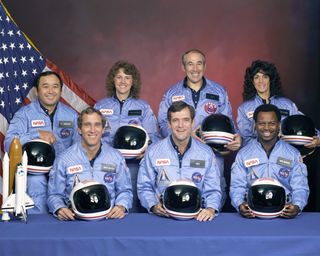
An official portrait shows the STS-51L crewmembers. Back row (L to R): Mission Specialist, Ellison S. Onizuka, Teacher in Space Participant Sharon Christa McAuliffe, Payload Specialist, Greg Jarvis and Mission Specialist, Judy Resnik. Front row (L to R): Pilot Mike Smith, Commander, Dick Scobee and Mission Specialist, Ron McNair.
Astronaut Greg Jarvis
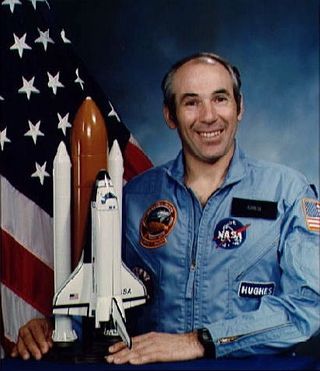
Greg Jarvis was selected as a payload specialist candidate in July 1984. He was chosen from over 600 engineer applicants from Hughes Aircraft. His initial launch date was delayed twice and he reentered training in November 1985, preparing to fly the STS 51-L mission. His duties on Challenger 51-L were to conduct fluid dynamics experiments that would have tested the reactions of satellite propellants to various shuttle maneuvers and simulated spacecraft movements. He and the entire STS 51-L crew died on January 28, 1986 when Challenger exploded after launch.
Astronaut S. Christa Corrigan McAuliffe
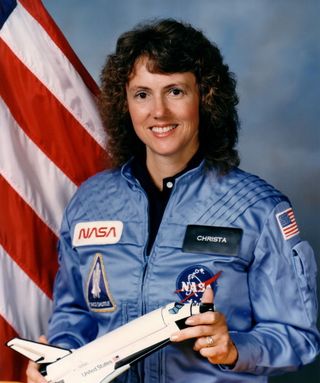
Christa McAuliffe was selected as the primary candidate for the NASA Teacher in Space Project on July 19, 1985. She was a payload specialist on STS 51-L, which launched from the Kennedy Space Center, Florida, at 11:38:00 EST on January 28, 1986. The STS 51-L crew died on January 28, 1986 when Challenger exploded after launch.
Join our Space Forums to keep talking space on the latest missions, night sky and more! And if you have a news tip, correction or comment, let us know at: community@space.com.

Space.com is the premier source of space exploration, innovation and astronomy news, chronicling (and celebrating) humanity's ongoing expansion across the final frontier. Originally founded in 1999, Space.com is, and always has been, the passion of writers and editors who are space fans and also trained journalists. Our current news team consists of Editor-in-Chief Tariq Malik; Editor Hanneke Weitering, Senior Space Writer Mike Wall; Senior Writer Meghan Bartels; Senior Writer Chelsea Gohd, Senior Writer Tereza Pultarova and Staff Writer Alexander Cox, focusing on e-commerce. Senior Producer Steve Spaleta oversees our space videos, with Diana Whitcroft as our Social Media Editor.










